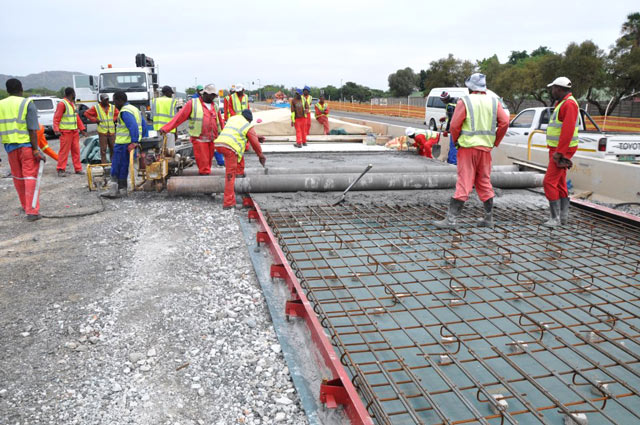Rustenburg Rapid Transport (RTT) Project Progress
Rustenburg’s growing population comes with some challenges. One of these challenges is the traffic. Being caught in traffic can be very time consuming and frustrating. That is why the municipality launched the Rustenburg Rapid Transport (RRT) project. The project has been running since early 2011 and the municipality gave an update on the status of the project.
Construction work for the Rustenburg Rapid Transport (RRT) project’s North East Corridor (R510) has commenced and motorists have been advised to be cautious when travelling along the R510 from the CBD to Boitekong. Construction will be done in 3 sections.
Section A includes Zendeling Street from President Mbeki drive, to Beneden and Beneden from Nelson Mandela to Ridder Street. The planned completion date of this section is August 2014.
Section B includes the new road over the Rail Bridge on the R510 and will be completed by April 2015. Section C runs along the R510 from the railway line-up to the Bophuthatswana Road in Boitekong and is planned to be completed by October 2015.
On the bypass program for Corridor B, the R510 will be closed at the railway line and traffic will be rerouted via a bypass. This will happen at the end of October 2013 and will last for 18 months while a road bridge over the railway line will be constructed.
The RRT route follows a circular route in the town centre. From President Mbeki Drive the bus exit route turns left onto Zendeling Street and then right on Beneden Street and along road R510 for approximately 14 km. The entrance route into the town centre follows Beneden Street from the R510 up to Oliver Tambo Drive where the buses will turn left into the circular route. The total length of road included in the North East Corridor is approximately 15km and there will be 5 bus stations along this corridor for Phase 1 operations.
Apart from the bus lanes, RRT will also be constructing mixed traffic lanes on the R510, together with the road over the rail bridge; this will be of great benefit to the motorist. Intersection treatments such as roadway widening will provide buses with the ability to “jump the queue” at such locations and provide improved service times and reliability.
According to the municipality the RRT will further construct Non-Motorised Transport (NMT) facilities such as cycle lanes and pedestrian walkways for pedestrians and cyclists. The primary objectives are to increase the recognition of NMT and to integrate it as an essential element of public transport in the city.
The contractors and professional team are working at full capacity from 7am to 5pm on Mondays to Fridays and overall construction on the North East Corridor for Phase 1 operations are estimated to take place over two years.
Phase 1 of the RRT system is scheduled to come into operation in the 2015/2016 financial year.
The RTT also aims to further culture and art as stated on their Facebook page on 2013/10/15: “The RRT stations will also act as a canvas for unique creative public art which will make our city beautiful to travelers. We look forward to showcasing our city’s talent!”




